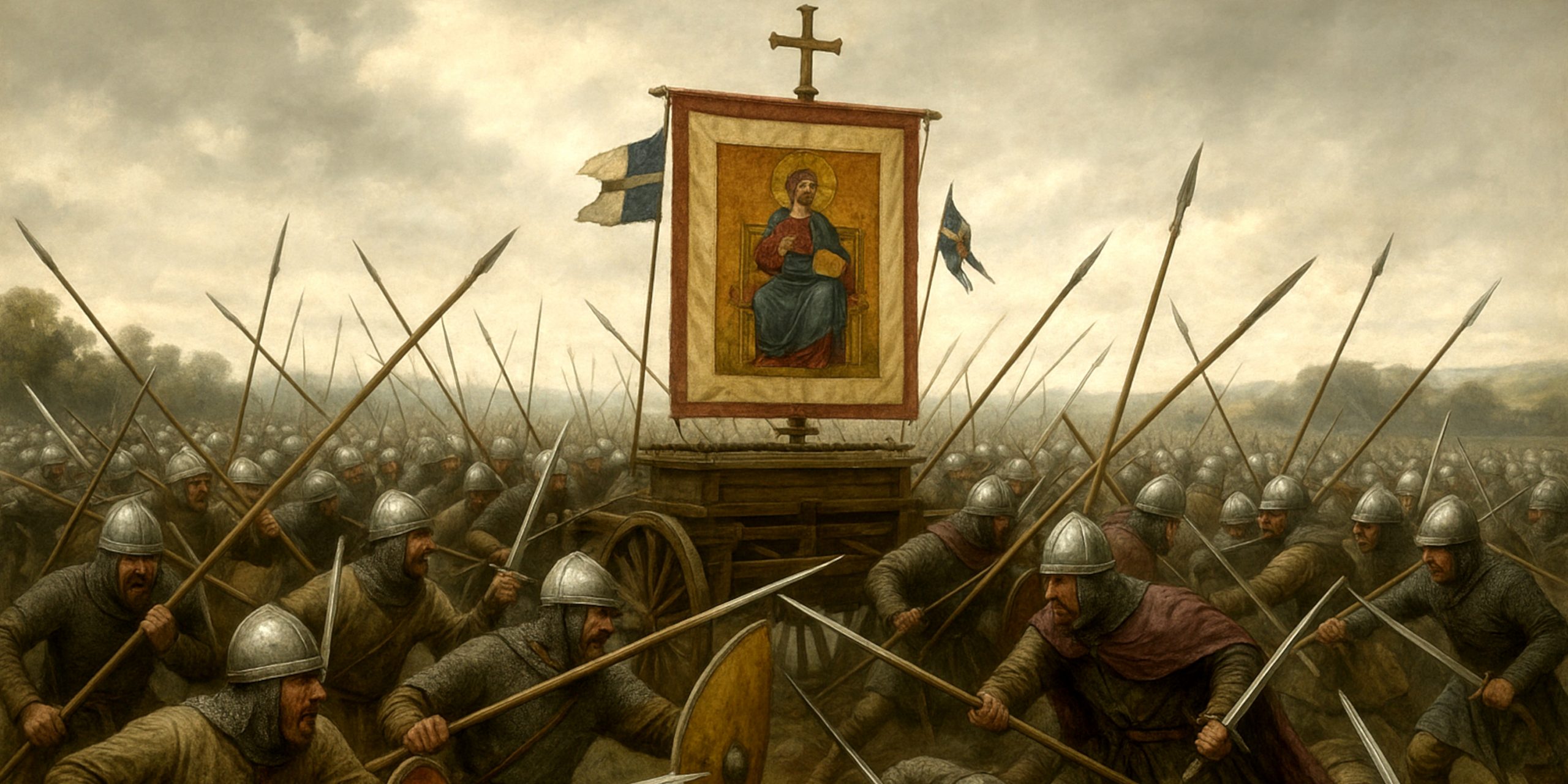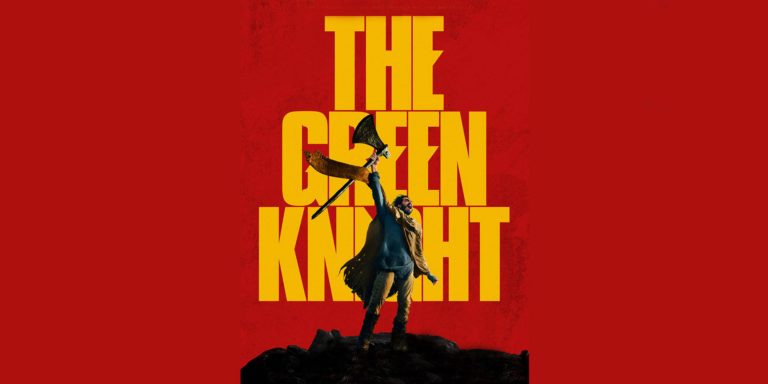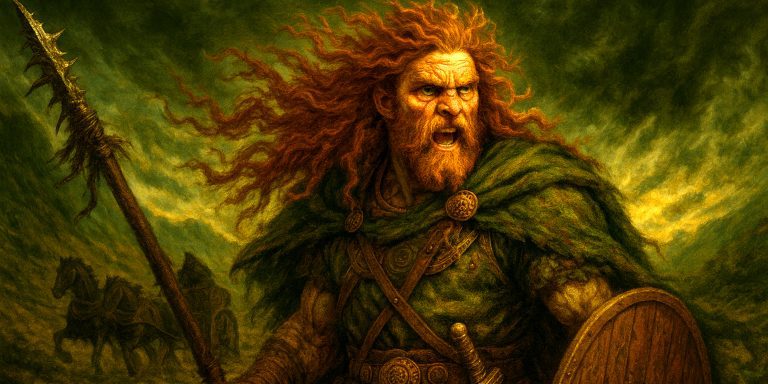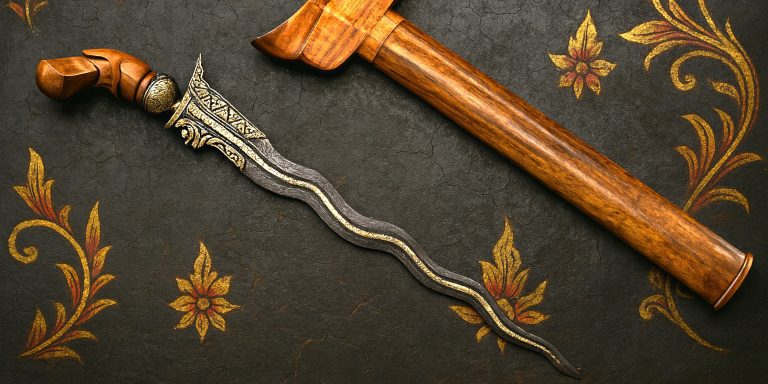
The Battle of the Standard, fought near Northallerton in Yorkshire on 22 August 1138, was one of the most significant military engagements of the early 12th century in England. It was fought during the early phase of The Anarchy, the civil war between King Stephen and the supporters of Empress Matilda. Yet the conflict itself was not directly between those two factions, but between English royal forces and a Scottish invasion led by King David I.
Despite the complexity of loyalties during this period, the battle became a rallying point for northern English barons defending their lands against what they viewed as foreign aggression. The battle is named for the religious banners mounted on a cart at the centre of the English line.
Forces
| Side | Leader | Estimated Troops | Composition |
|---|---|---|---|
| Kingdom of England | William of Aumale (nominal) | ~10,000 | Armoured knights, infantry, militia levies |
| Kingdom of Scotland | King David I | ~15,000 | Gaelic warriors, Norman knights, Galwegians |
Leaders and Troop Composition
English Commanders:
- William of Aumale (Earl of York, figurehead leader)
- Archbishop Thurstan of York (moral and organisational leader)
- Walter Espec (founder of Rievaulx Abbey, military organiser)
- Ilbert de Lacy (notable baronial commander)
Scottish Commanders:
- King David I of Scotland
- Prince Henry of Scotland (his son, led more disciplined Norman forces)
- Fergus of Galloway (leader of the Galwegians, front-line infantry)
Arms and Armour
English:
- Knights: Chainmail hauberks, kite shields, iron helmets, lances, arming swords
- Infantry: Spears, short swords, padded gambesons, round or kite shields
- Missile Troops: Longbows and crossbows used in defensive volleys
Scottish:
- Galwegians: Lightly armoured, round shields, short spears or javelins, seax-type knives
- Norman-style cavalry: Comparable to English knights, more disciplined
- Highland levies: Mixed weaponry, minimal armour, emphasis on charge tactics
Battle Timeline
Early August 1138:
David I invades northern England, laying waste to Northumberland and advancing into Yorkshire.
Mid-August:
English forces gather under the spiritual leadership of Archbishop Thurstan, raising a cart bearing religious banners (St Peter of York, St John of Beverley, and St Wilfrid of Ripon) to symbolise divine support.
22 August – Morning:
Scottish forces deploy with Galwegian infantry in front, insisting on taking the vanguard despite objections from David’s Norman commanders.
Midday:
Galwegians charge fiercely but are repelled by English archers and the steadfast defensive formation around the Standard cart.
Afternoon:
Norman Scottish cavalry attempts to press the attack but finds little success. Prince Henry’s charge achieves some breakthrough but is unsupported.
Late Afternoon:
Scottish forces, demoralised by repeated failures and heavy casualties, begin to retreat. English forces do not pursue aggressively.
Archaeology
While no major battlefield excavations have yielded extensive artefacts, the general location near Cowton Moor has been identified through contemporary chronicles. Scattered finds in the region include 12th-century spearheads and coinage consistent with the campaign period. The original cart bearing the religious standards has not survived, though ecclesiastical banners were later preserved in church lore.
Contemporary Quotes
Ailred of Rievaulx, chronicler and former courtier of David I, provided a vivid if partisan account:
“The Galwegians, bare-legged and proud, charged first. But God did not favour them. Their cries were drowned in the cries of the faithful English, who stood as one about the Standard.”
Henry of Huntingdon described the English resistance:
“The sons of England, shielded by the crosses of their saints, made firm the line, and cast back the barbarian tide.”
Legacy
Though a victory for the English, the battle did not end hostilities. King David retained control of much of Northumberland and later secured it as part of the Treaty of Durham in 1139. However, the clash reinforced northern baronial unity and strengthened the image of the Church as a guardian of the realm.
The Battle of the Standard remains one of the clearest examples of how regional conflict, feudal loyalty, and religious symbolism interwove in medieval English warfare. It also highlighted the fragility of Scotland’s military structure when discipline was sacrificed to tribal pride. The event marked a turning point in the northern campaign during The Anarchy, even as England descended further into civil conflict.
Watch the documentary:



